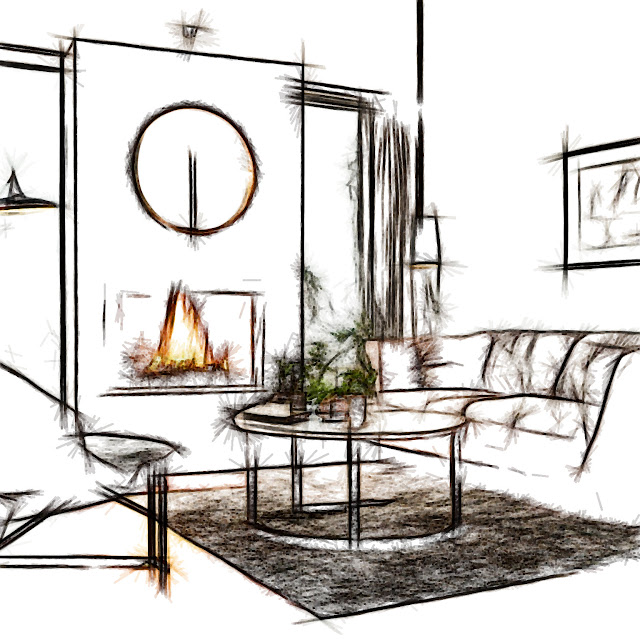Hotels are more than just places to stay; they are immersive experiences that blend luxury, comfort, and functionality to create memorable stays for guests. In the world of architecture, hotel design presents a unique challenge and opportunity to create spaces that cater to diverse needs, preferences, and experiences. In this article, we delve into the fascinating world of hotel design, exploring the principles, trends, and innovations shaping the hospitality industry.
1. Guest Experience and Comfort:
At the heart of hotel design is the focus on guest experience and comfort. Architects strive to create welcoming and inviting spaces that provide a sense of refuge and relaxation for guests. From the moment guests enter the hotel lobby to the comfort of their rooms, every aspect of the design is carefully curated to enhance the overall experience. Comfortable furnishings, soothing color palettes, and thoughtful amenities contribute to a sense of luxury and well-being, ensuring that guests feel pampered and cared for during their stay.
2. Spatial Planning and Circulation:
Effective spatial planning and circulation are essential considerations in hotel design to ensure efficient movement and flow of guests throughout the property. Architects carefully analyze the functional requirements of different areas, such as reception, guest rooms, dining, and recreational facilities, to create intuitive layouts that optimize space and enhance accessibility. Clear wayfinding signage, strategically placed circulation paths, and designated gathering spaces contribute to a seamless and enjoyable guest experience.
3. Unique Design Concepts:
Hotels are increasingly embracing unique design concepts and themes to differentiate themselves and create memorable experiences for guests. From boutique hotels with distinctive architectural styles to themed resorts that transport guests to other worlds, the possibilities are endless. Architects collaborate with interior designers, artists, and branding specialists to develop cohesive design narratives that reflect the hotel's identity and resonate with its target audience. Whether it's a sleek urban retreat or a rustic mountain lodge, each hotel design concept tells a story and creates a sense of place that leaves a lasting impression on guests.
4. Integration of Technology:
Technology plays a crucial role in shaping the guest experience and enhancing the functionality of hotel spaces. Architects integrate state-of-the-art technology seamlessly into the design, offering guests convenient amenities such as keyless entry systems, automated room controls, and interactive touchscreens. Smart building systems monitor energy usage, optimize HVAC settings, and enhance security, contributing to sustainability and operational efficiency. Additionally, hotels are incorporating innovative technologies such as virtual reality tours, augmented reality experiences, and mobile concierge services to elevate the guest experience and create personalized interactions.
5. Sustainable Design Practices:
With increasing awareness of environmental sustainability, hotels are embracing sustainable design practices to minimize their ecological footprint and promote responsible tourism. Architects incorporate energy-efficient building systems, passive design strategies, and eco-friendly materials into the design to reduce energy consumption, conserve natural resources, and enhance indoor air quality. Green building certifications such as LEED (Leadership in Energy and Environmental Design) and BREEAM (Building Research Establishment Environmental Assessment Method) recognize hotels that prioritize sustainability in their design and operations, driving the adoption of green building practices across the hospitality industry.
6. Wellness and Well-being:
Wellness and well-being are emerging as key considerations in hotel design, with guests seeking holistic experiences that nurture their physical, mental, and emotional health. Architects incorporate wellness amenities such as fitness centers, spas, yoga studios, and outdoor green spaces into the design to promote relaxation, rejuvenation, and mindfulness. Biophilic design principles, which integrate natural elements such as daylight, greenery, and water features, enhance the connection between guests and the natural environment, fostering a sense of calm and serenity.
Conclusion:
In conclusion, hotel design in architecture is a dynamic and multifaceted field that combines creativity, functionality, and innovation to create immersive guest experiences. From guest comfort and spatial planning to unique design concepts and sustainability practices, architects play a pivotal role in shaping the hospitality industry and redefining the way we experience hotels. As the demands and expectations of guests evolve, hotel design will continue to evolve to create unforgettable stays that cater to the diverse needs and preferences of modern travelers.
------------
Below are some of mine sketches, basic renders and art.
* The sketches and basic renders are for overcoming the creative block, are abstract and not final works. Some can be interpreted in mulitple ways. Sometimes the same sketch played differently in space can be interpreted both as an elevation and a floorplan or whatever. They can be easily transformed by changing their geometry a little, adding elements like modern facade systems in views etc. An expert mind can play them in space, modify them and/or add floorplans, create sections, elevations etc. I also publish my experimentation with various AI image generators. The first nine pictures are created with ImageFX AI.






















No comments:
Post a Comment